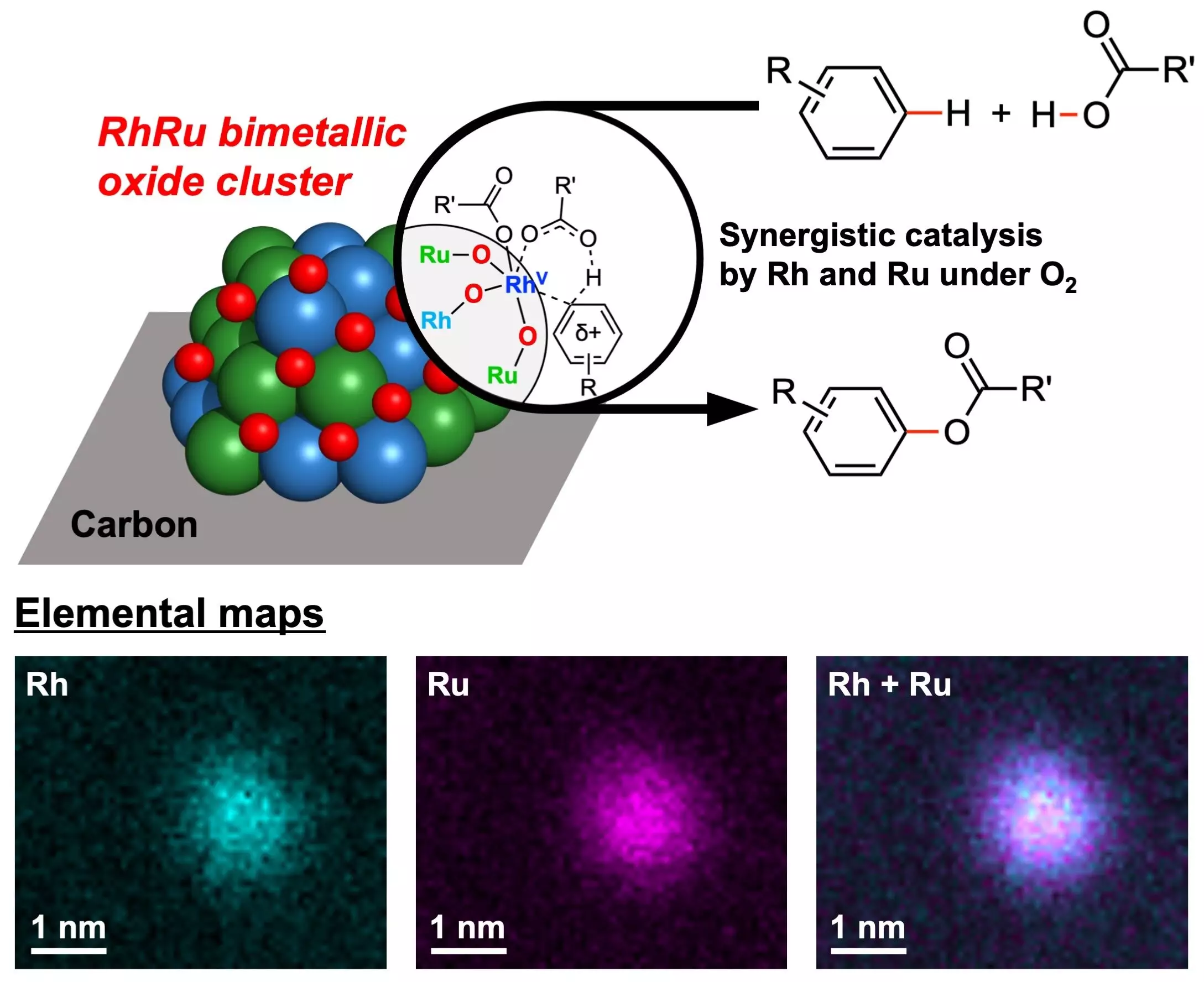The field of green chemistry aims to promote sustainable practices and reduce the impact of chemical processes on the environment. One of the key components of green chemistry is developing efficient catalysts that can facilitate chemical reactions without the need for toxic or hazardous reagents. The use of catalysts can help improve the efficiency of chemical processes, reduce waste, and minimize the environmental impact of industrial activities.
The Problem with Traditional Catalysts
Traditional catalysts used in chemical reactions often rely on hazardous oxidants, such as hypervalent iodine reagents, which can be toxic to humans and animals, cause explosions, and result in pollution or harmful byproducts. These traditional methods present significant environmental and safety concerns, highlighting the need for greener alternatives.
In a groundbreaking study published in the Journal of the American Chemical Society, researchers from Yokohama National University have developed innovative catalysts containing Rhodium (Rh) and Ruthenium (Ru) bimetallic oxide clusters (RhRuOx/C). These catalysts have shown exceptional catalytic activity in Cross-Dehydrogenative Coupling (CDC) reactions, utilizing oxygen as the sole oxidant. This new approach represents a major advancement in green chemistry, as molecular oxygen is non-toxic, abundant, environmentally benign, and highly efficient in converting reactants to products.
The Benefits of RhRu Bimetallic Oxide Clusters
The RhRu bimetallic oxide clusters have a mean diameter of just 1.2 nm, making them highly efficient catalysts for CDC reactions. Using advanced imaging and spectroscopic techniques, the researchers were able to confirm the structure and formation of these clusters, shedding light on their catalytic mechanism. Detailed kinetic and computational studies further revealed the versatility of these catalysts, demonstrating their high reactivity with various types of arenes and carboxylic acids.
The development of RhRu bimetallic oxide clusters opens up possibilities for greener chemical synthesis, with the potential to make chemical reactions more sustainable and efficient. The researchers are now exploring the use of these catalysts in other important chemical reactions, with the ultimate goal of establishing efficient and regioselective C-H functionalization reactions catalyzed by metal oxide clusters using molecular oxygen under mild conditions. This research could lead to the promotion of more environmentally friendly chemistry practices in the future.
The development of RhRu bimetallic oxide clusters represents a significant breakthrough in green chemistry, offering a promising solution to the challenges posed by traditional catalysts. By utilizing oxygen as the sole oxidant, these innovative catalysts demonstrate remarkable efficiency in ester-producing chemical reactions, making the process more environmentally friendly and sustainable. With further research and development, these catalysts have the potential to revolutionize chemical synthesis practices and promote a greener future for the industry.


Leave a Reply